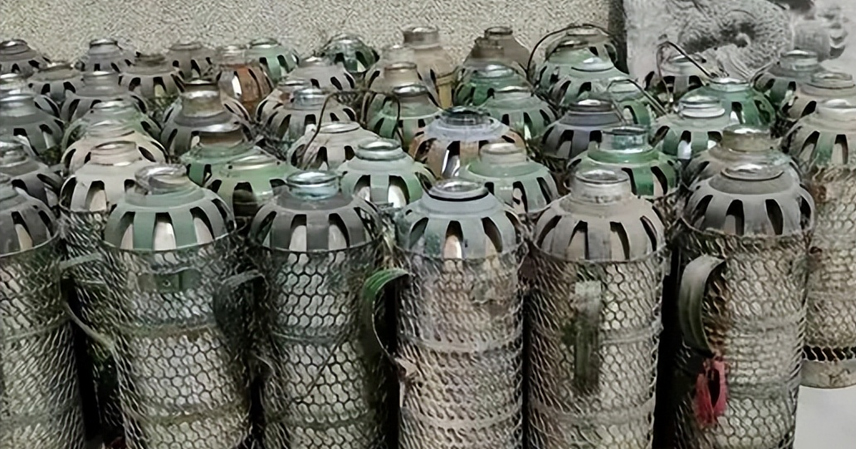Ever noticed a foldable electric kettle tucked into a Chinese traveler’s suitcase? This small habit reveals a profound cultural love for hot water, rooted in history, survival, and community. While the world sips cold water, China’s obsession with boiled water stems from a poignant past—one where a simple thermos became a lifeline. Here’s why this tradition endures, even in a modern, industrialized nation.
A Public Health Revolution: The Rise of the Thermos
In the 19th century, as cholera ravaged Europe and China, the West tackled waterborne diseases with massive infrastructure: sewers, clean water pipes, and chlorine disinfection. This systemic approach made cold tap water safe, preserving Europe’s habit of drinking it chilled. But China, weakened by turmoil, lacked the resources for such overhauls. Safety fell to individual households, setting the stage for a unique solution.
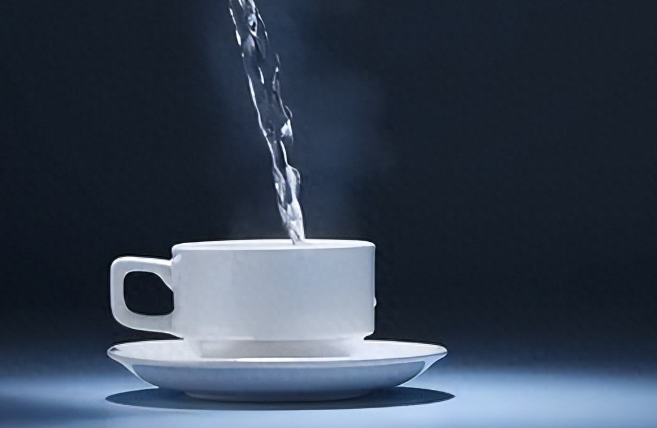
The turning point came in 1952, during the Korean War, when China launched the Patriotic Hygiene Campaign amid fears of biological warfare. Unable to rebuild water systems, the government championed boiled water as a national defense against germs. Medical teams with microscopes toured streets, showing villagers the bacteria teeming in raw water—a visceral wake-up call. Boiling became a cultural mandate, and the thermos bottle emerged as the tool to deliver safe water to every home.
From a modest million units in the late 1950s, thermos production soared to over 100 million by 1997, making it a household staple. It bridged public boiling stations to family tables, ensuring access to clean, hot water in an era of scarcity.
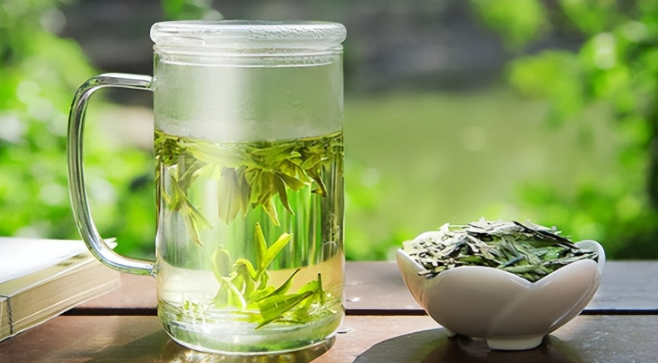
Thermos as Social Glue: The Community Hub
Beyond utility, the thermos shaped community bonds. In cities like Shanghai, “tiger stoves” (public water-boiling shops) were more than heat sources—they were social epicenters. Designed to maximize fuel efficiency, these stoves supplied hot water while fostering connection. Every morning and evening, people queued with thermoses, chatting about life, sharing news, even settling disputes over “tea talks” at the stove.
The thermos wasn’t just a container; it was a ticket to this vibrant social scene. Neighbors bonded in line, weaving a web of community bonds that defined urban life. Carrying a thermos to a tiger stove meant bringing home not just hot water but the warmth of human connection—something modern high-rises often lack.
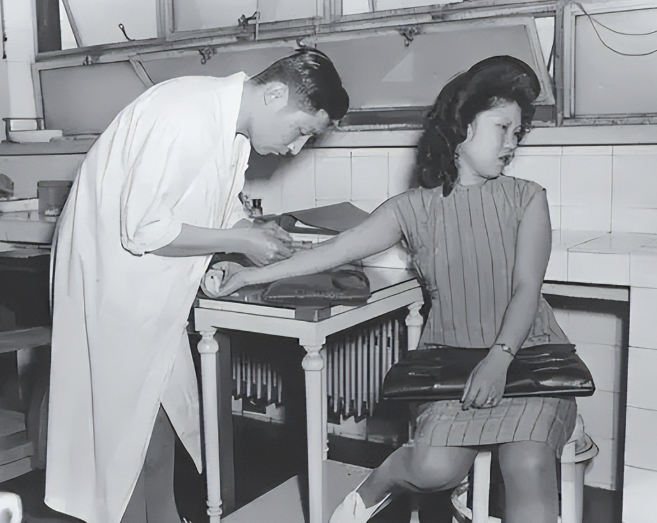
A Fading Era, A Lasting Symbol
By the 2000s, tap water and gas lines made home boiling easy, and tiger stoves faded. Shanghai’s last one closed in 2013, marking the end of a communal era. Electric kettles and instant water heaters took over, but the thermos’s legacy endures as a cultural symbol. The equation “hot water = clean = healthy = safe” was seared into collective memory through decades of campaigns and practice.
Today, “drink more hot water” isn’t just advice—it’s a gesture of care, rooted in survival wisdom. Chinese travelers carrying kettles abroad aren’t just quirky; they’re upholding a health tradition born of necessity. Some foreign airports now offer “hot water available” signs in Chinese, recognizing this deep-seated preference. It’s less about distrust and more about clinging to the comfort of “home.”
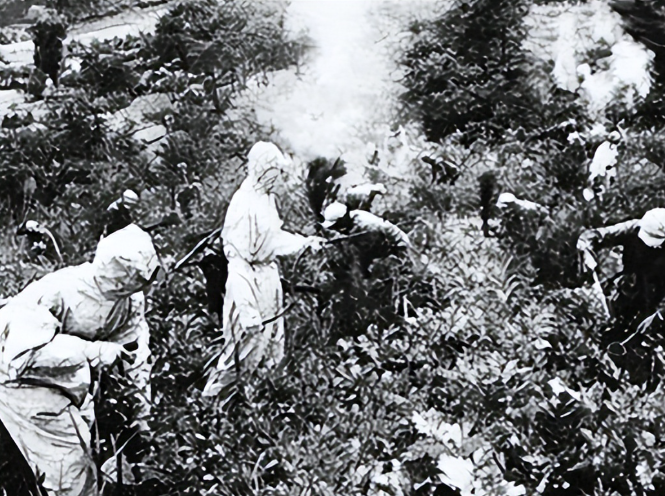
From Survival to Sentiment
The thermos’s journey—from a public health tool to a social connector to a cultural symbol—mirrors China’s progress. It carried safe water through turbulent times, fostered neighborly ties, and now embodies a nostalgia for resilience and care. While the world drinks cold for convenience, Chinese cherish boiled water for its link to health, heritage, and heart. This isn’t just about a hot drink—it’s about a nation’s love for its hard-won safety and unity.
References
- The Lancet. (1854). John Snow and the Cholera Epidemic.
- Xinhua. (2012). The Patriotic Hygiene Campaign in China’s History.
- China Health Review. (2000). Public Health Campaigns in the 1950s.
- National Bureau of Statistics of China. (1998). Thermos Production Data.
- Shanghai Daily. (2013). The Last Tiger Stove Closes.
- People’s Daily. (2015). The Social Role of Tiger Stoves in Urban China.
- China Cultural Studies. (2020). The Legacy of Boiled Water in Chinese Culture.
- Global Times. (2023). Chinese Travelers and Hot Water Habits Abroad.
- CNN Travel. (2024). Hot Water Stations in Global Airports.

